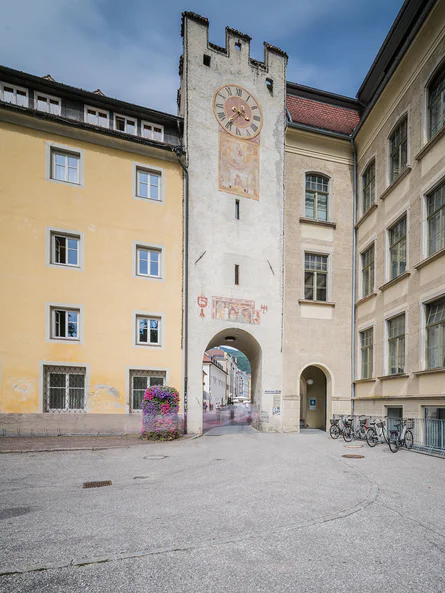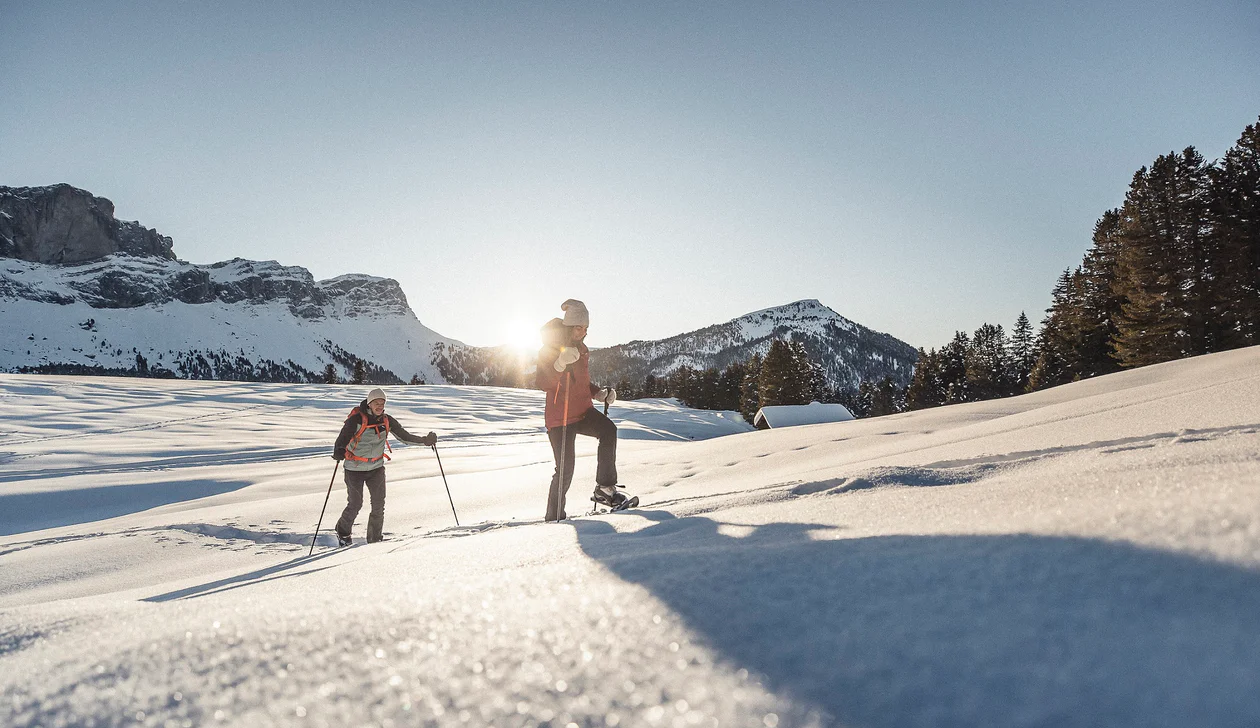Der Großteil befindet sich rund um Bozen. In dieser Gegend fällt dir bestimmt eine architektonische Eigenheit bei den Ansitzen auf, schlossähnliche Bauten aus der Neuzeit bestehend aus einem Herrenhaus und einem Gebäude für landwirtschaftlichen Zweck. Ihr sogenannter Überetscher Stil ist eine Kombination aus nordischer Gotik mit Türmchen und Elementen der italienischen Renaissance – und eben genau in der Gegend zwischen Bozen und Kaltern an der Weinstraße zu finden.
Coldrano Castle was once the ancestral seat home of Count Hendl and nowadays an educational center. The architectural history of the castle is unable to trace a precise date of its inauguration; however, it is assumed that the palace was built after 1323. Coldrano Castle is a three-wing building with an inner courtyard, which is surrounded by an almost rectangular shaped wall and by rounded corner towers.






















































